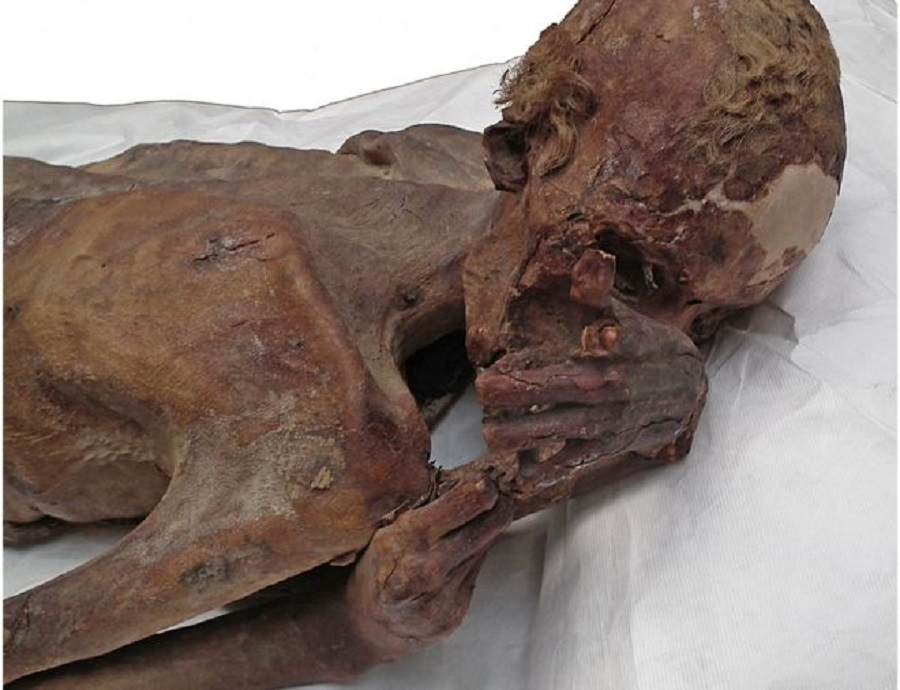For many among us there is no doubt that tattoos are cool! Especially, during the last decades, tattoos are not any more connoted with imprisoned criminals or dockworkers and the like. On the contrary, tattoos are so trendy that they tend to become too mainstream! Nowadays, 14% of the adults in the U.S. bear a tattoo, while the percentage reaches the 40% at the ages between 26 – 40. And it is reasonable to suppose that these numbers will increase in the future.
Tattoos are as Old as Time
But who bore tattoos “before it was cool”? Actually, tattoos are as old as history. The Roman historian Herodian reported in the first century that Celts bore animal body markings. Julius Caesar also refers to them in his description of the Gallic wars. Ancient writers such as Herodotus, Plutarch and Pliny the Elder also described tattoos . Yet, the most revealing ancient source evidence about tattoos derives from the Old Testament. In particular, Leviticus 19:28 commands:
Ye shall not make any cuttings in your flesh for the dead, nor print any marks upon you: I am the LORD.
This is then a proof that the practice of tattooing was not approved by the Jewish religious authorities.
Tattoo is a Magical Contract & a Living Talisman
Just like the Witch Marks, a tattoo was made to represent ones association with a deity, a spirit or an order of priest. Tattoos were in fact a sacrifice – made on a special day only to ‘bind’ the powers of certain entity (or entities) in them. A Magical Contract and a Living Talisman, made with their own flesh and blood.
- Witches made the same tattoo, to symbolize they were part of the same coven.
- Ancient Priests and Priestesses, made the same tattoo, to symbolize that they are protected, blessed and empowered by the same deity.
- Warriors, made the same tattoo, to receive strength and power from a Spirit, even in the darkest ours.
- Druids, made tattoos, to connect with the spirits of nature.
- Shamans, made tattoos (usually an animal) to connect with the totems.
- Alchemists, made the same tattoo, to find inspiration and guidance.
Signs of bravery and magical knowledge
Up to now, archaeologists and scientists believed that the most ancient testimony of a tattoo belonged to Ötzi The Iceman mummy. The mummy lived in the Ötztal Alps on today’s Austrian-Italian border somewhere between 3370 and 3100 BCE. His tattoo was and is still considered to be the oldest one. However, a recent discovery will alter the history of tattoo.
Egyptian mummies have the oldest (and coolest) tattoos ever found
Through infrared examination scientists revealed that two mummies, a male and a female one, which were in display in British Museum for more than 100 years, bear tattoos the date of which goes back to between 3351 and 3017 BC. What fascinates is the fact that the male mummy’s tattoos depict two animals – a giant wild bull and a wild goat-like creature.

The first figurative tattoos
Up to now, the scientists as well as the visitors of the museum could only see some faint smudges upon the body of the mummy. But modern technology enabled the discovery of these drawings.
The tattoos of the two animals may have been a way to project the power of the male virility and fertility. As the article of The Independent observes, in ancient world, the bull, like the Minotaur of Crete, the Mesopotamian Bull of Heaven and the Anatolian bull-shaped God of Storms constituted a pattern with strength connotations. Similarly, “goat-like creatures often represented masculine sexuality. In Greece, they feature in mythology as often erotic Pan, god of the wild. In ancient Egypt, the ram was sometimes perceived as a primeval force linked to procreation. Indeed, there were three Egyptian sheep gods linked to fertility and creation.”
The female Egyptian mummy has four small S-shaped motifs running down her right shoulder. These may represent a sort of ritual dance.
Although Ötzi’s tattoos may be slightly older, the male mummy’s tattoos are the first to be figurative. They are not merely a combination of horizontal and vertical lines like the ones of Ötzi.
Phaethon
- See also: Do you have Witch Marks?

